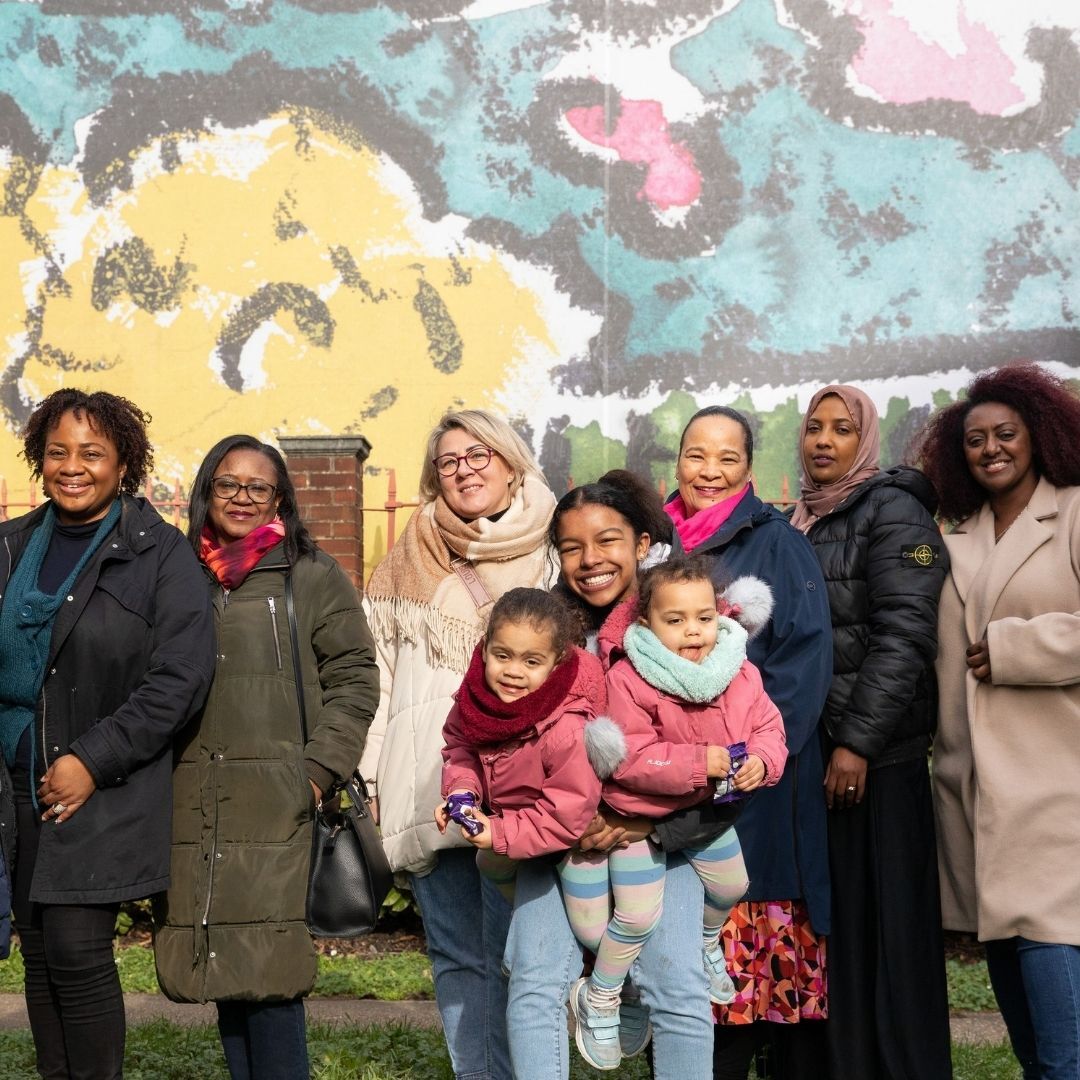Project showcase
Hartree, Cambridge, for LandsecU+I and TOWN, with Cambridge City Council and Kjellander Sjöberg

Named after Eva Hartree (1873-1947), the first female mayor of Cambridge, 49ha of industrial and brownfield land are being transformed into a new mixed-use neighbourhood for 10,000 people. The Engagement Strategy for Hartree includes a hybrid series of in-person and online meetings, bolstered by innovative events to connect with as many people from as many demographics as possible.
Who is on the project team? (designer, consultants, etc)
Masterplanners Kjellander Sjöberg Architects, with Bell Phillips, Haworth Tompkins, 5th Studio Architects, Feilden Fowles, Nooma Studio, Alison Brooks Architects, LOLA, Useful Projects, Pell Frishmann, Carter Jonas and ECF
Describe the context of the community engagement. Why did the engagement take place? How were the results of the community engagement shared with the project team and community?
The Hartree project is transforming 120 acres of industrial and brownfield land into a new mixed-use neighbourhood in North East Cambridge. Regeneration specialist LandsecU+I and profit-with-purpose developer TOWN committed to a project value “Shaped by Many” and a vision that seeks to bring everyone in the local area and the wider region of Greater Cambridge along with them. This approach has created an inclusive programme which began in Autumn 2021 and has reached thousands of local individuals and continues to engage the people of Cambridge. To build trust and a genuine relationship with the community, particularly those living locally, and involve them in the design of Hartree, a comprehensive strategy was developed, with a hybrid series of in-person and online engagement opportunities, bolstered by innovative events to connect with as many people from as many demographics as possible. Once built, Hartree will be home to over 10,000 people, so it has been critical that the current and future residents, workers, and visitors to the development have their say. The Hartree team prioritises a reciprocal approach to engagement, ensuring that the process is not only about presenting ideas to the public but also about fostering a dialogue where feedback is actively taken on board and integrated into the evolving design. After each period of engagement, the feedback generated would be synthesised and shared with the project team to influence the next iteration of the proposals.
Tell us what you did, and how you did it. What was your approach in talking to the community? How did you ensure participants were representative of the demographic of the place and hard-to-reach groups?
Larger public events have been combined with focused and tailored in person and online activities, to ensure the opinions of a wide range of people have been captured, as well as drilling down into the issues that matter to design a place that meets the needs of its future residents. The Ideas Exchange has been a cornerstone of our engagement strategy and a key way in which we have engaged with a representative group of Cambridge residents. Chosen through a sortition process, the group of 18 people is demographically reflective of the local area. Across 16 meetings to date, members have discussed and shaped the proposals for Hartree, getting to know the design team and each other in the process. In October 2022, the People City Planet Festival was held near the site to reach people living nearby, and provide an opportunity to shape Hartree’s future. The event combined a mix of family fun activities such as trialling cargo bikes with engagement exercises with co-design workshops and talks from a range of speakers and the design team. Over 900 people voted to select the new name for the site. Following the People City Planet Festival, with a branded Hartree cargo bike, the engagement roadshow has attended local events over the past two years, including the Strawberry Fair on Midsummer Common, Arbury Carnival and the Council’s ‘Music in the Parks’. Targeted events have included people with learning disabilities, autism, and physical disabilities, older people, and a dedicated schools and youth programme.
How was the feedback incorporated into decision making? Can you share how the project outcome has been shaped by the engagement?
The Engagement Strategy for Hartree acted as a test bed for the key design moves that have been considered by the project team. The design team worked in sprints, collating feedback from engagement activities and the planning authority into updated plans before another round of feedback and engagement. One example of the impact of the Ideas Exchange is that the team are now designing streets that are fit for autonomous robotic shopping deliveries, due to the positive feedback received from members. Through partnering with local arts charity Cambridge Curiosity and Imagination, we have engaged with children in two local schools, young people, including carers and those living in deprivation, on their views on what makes a successful place that fulfils their needs. This has resulted in the development of a Child-Friendly Strategy which will strategically embed the needs of young people in the project, considering them to be equal stakeholders in their neighbourhood. Working with VoiceAbility and Speak Out Cambridgeshire, the team has heard the lived experience of adults with learning disabilities, autism, and physical disabilities, which has allowed the project team to consider how to design for people with additional needs. This has led to design implications such as embedding ‘Changing Places’ accessible toilets and homes that are equipped for the use and storage of wheelchairs and other equipment.
Festival of Pineapples
24-26 February 2026
Pineapples prize giving night
April
Pineapples at Festival of Place
10 June 2026
© The Pineapples - Tweak Ltd. 124 City Road, London, EC1V 2NX. Tel: 020 3326 7238




